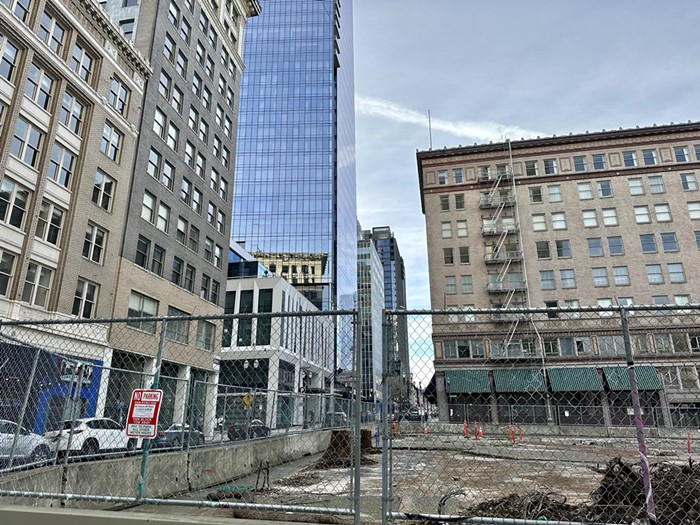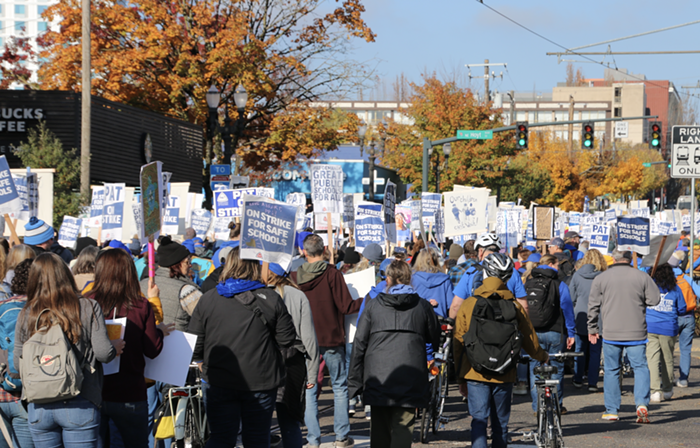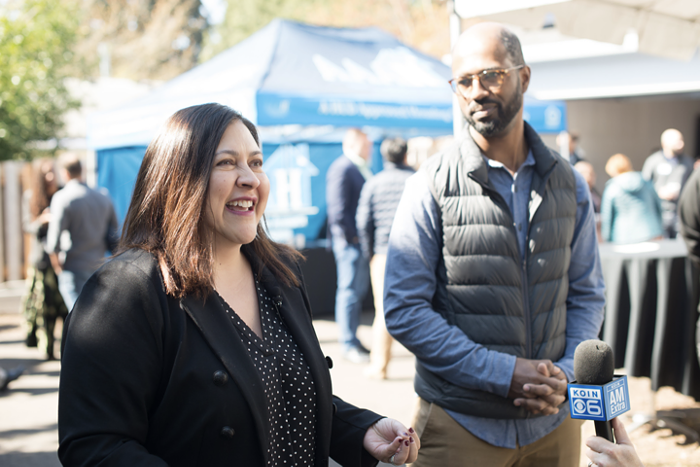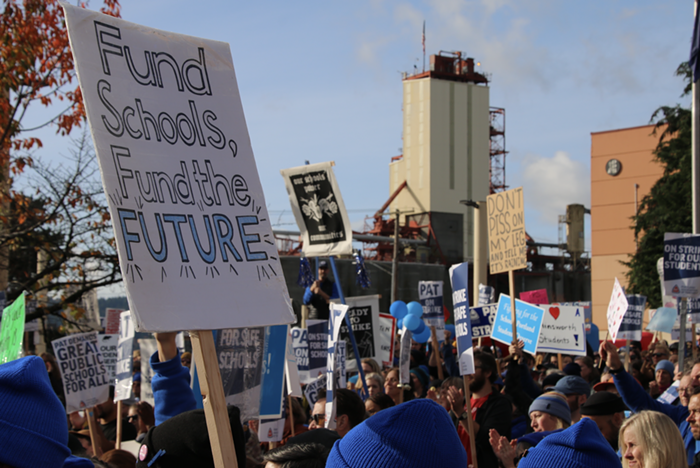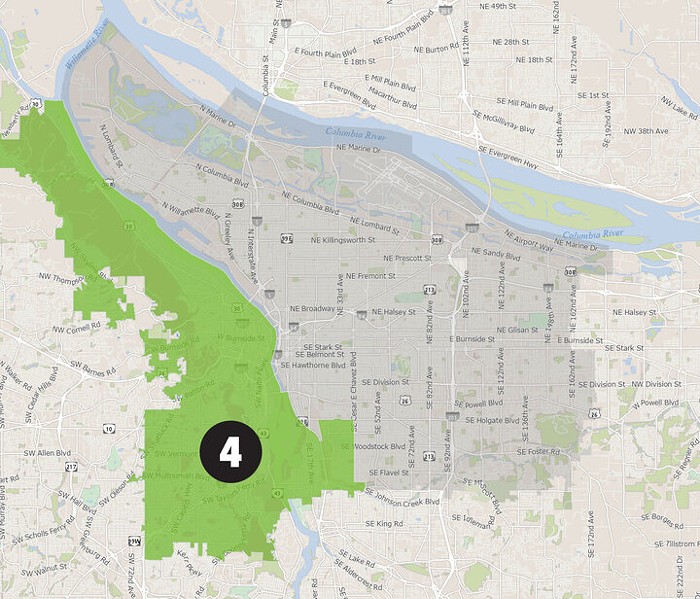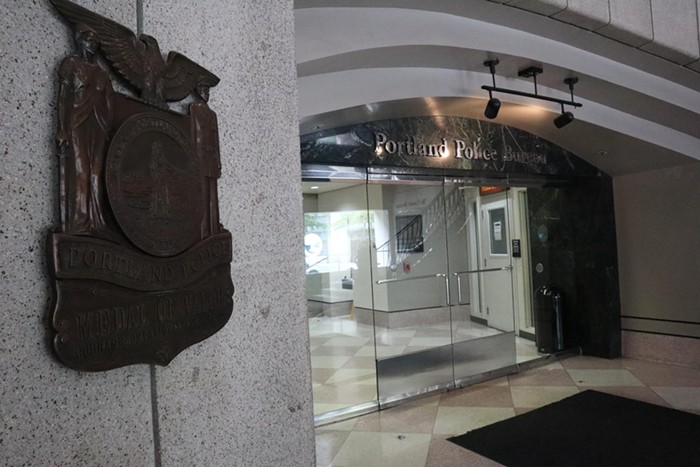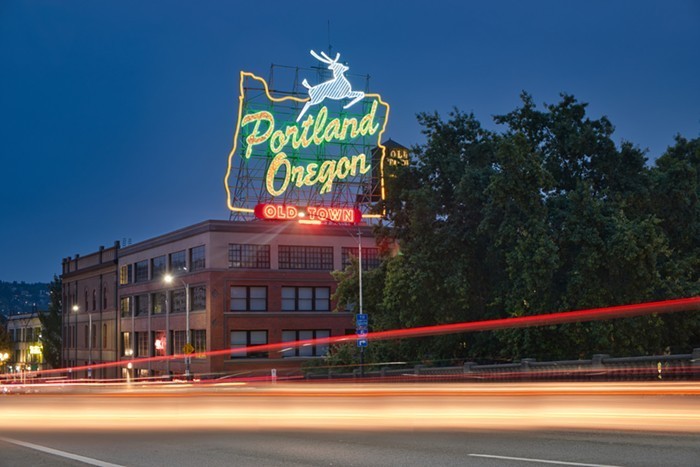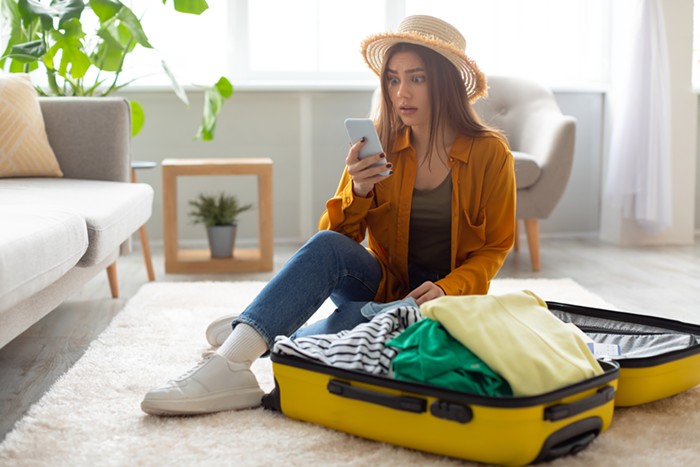TOM RALLEY spent a harrowing rush hour on the Hawthorne Bridge last June. Clipboard in hand, Ralley volunteered to record every cyclist who sped past, as well as their gender, and whether they wore a helmet. "I couldn't keep up. I think I counted 600 in the first hour," recalls Ralley.
Ralley's station was just one of 134 that Portland Bureau of Transportation (PBOT) staffed across the city during rush hour last summer. This year's annual bike count, released on Friday, January 8, raised some eyebrows: For the first time in 14 years, citywide bike trips have decreased.
But the report also shows that trips by car and transit have decreased (blame the economy), and that since 2000 the percentage of bikes in relation to cars on the road in Portland has tripled.
"When people first started hearing that the number of bike trips were down last year, a lot of people said, 'Oh, that means there are less people riding their bikes.' That's not true," says PBOT spokesman Dan Anderson. "It's not that people are riding less, it's maybe that people have fewer places to go. When the unemployment rate goes up, the number of trips goes down."
Last year's bike count reveals that citywide bike ridership has increased 180 percent since 2000—good news for a new city bike plan that aims to nearly double Portland's ridership by 2030. In the past year, trips by bike declined five percent citywide while trips on transit declined seven percent and car trips declined seven percent compared to 2006-2008.
City council will vote on the new 2030 Bike Plan on February 4, and though the plan proposes 600 new miles of bike lanes, it is up in the air how much money council will put behind the ambitious goals.
"To see the numbers go up, the city's got to prioritize building safe routes for bikes," says Bicycle Transportation Alliance advocate Michelle Poyourow.
Only six to eight percent of Portlanders commute primarily by bike, but according to PBOT surveys, 70 percent of Portlanders have a bike in their garage. "You can't lecture people onto bikes, they have to feel safe on the street," says Poyourow.
And have jobs to ride to, presumably.

